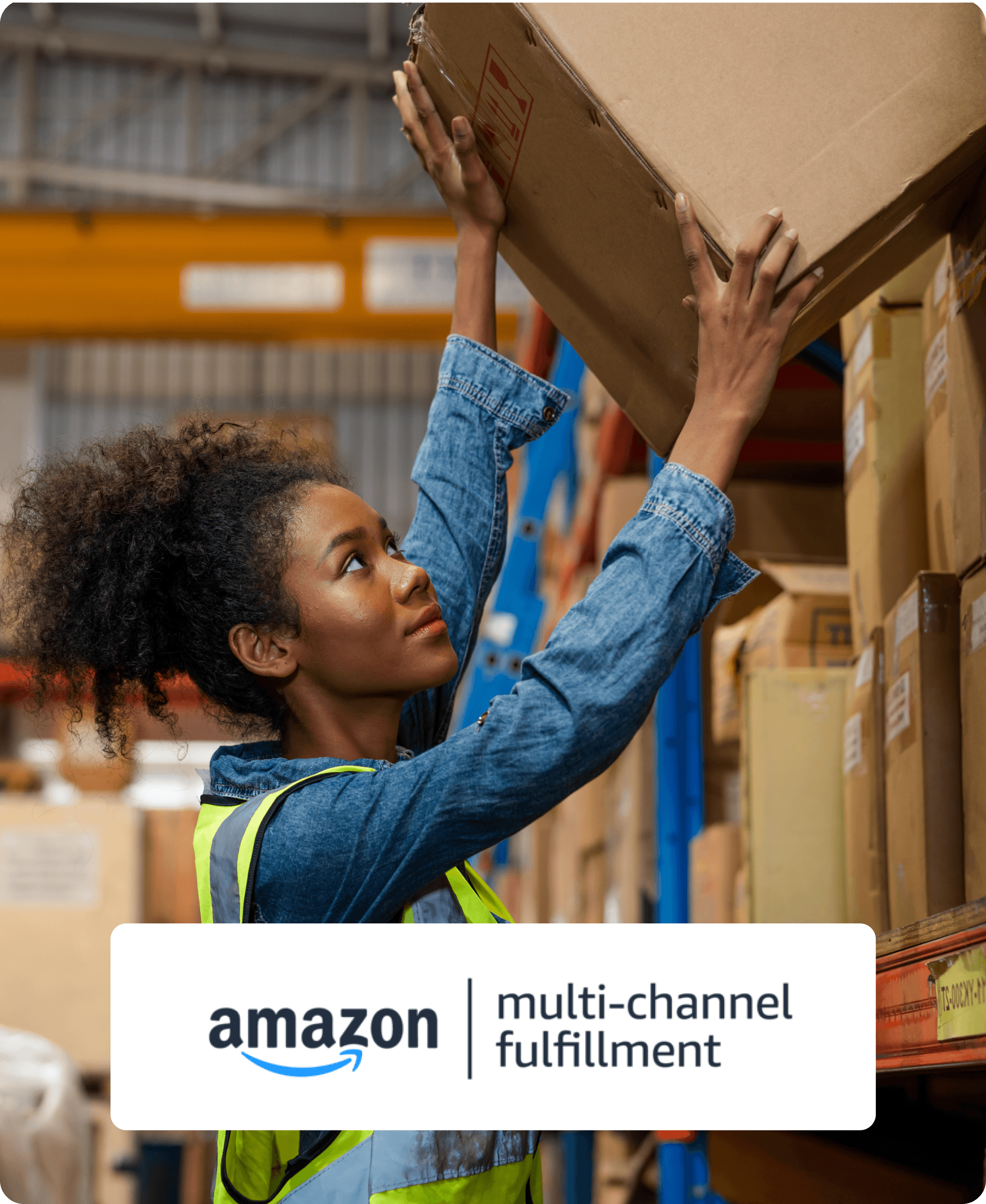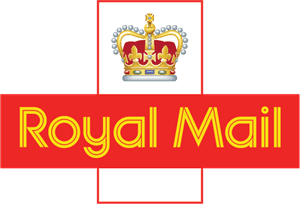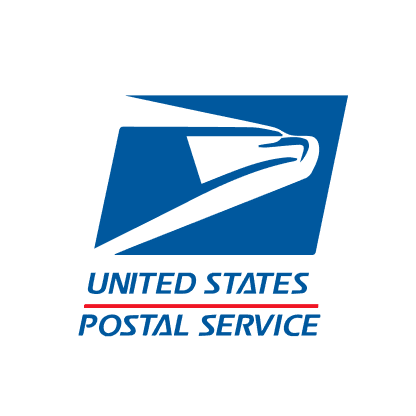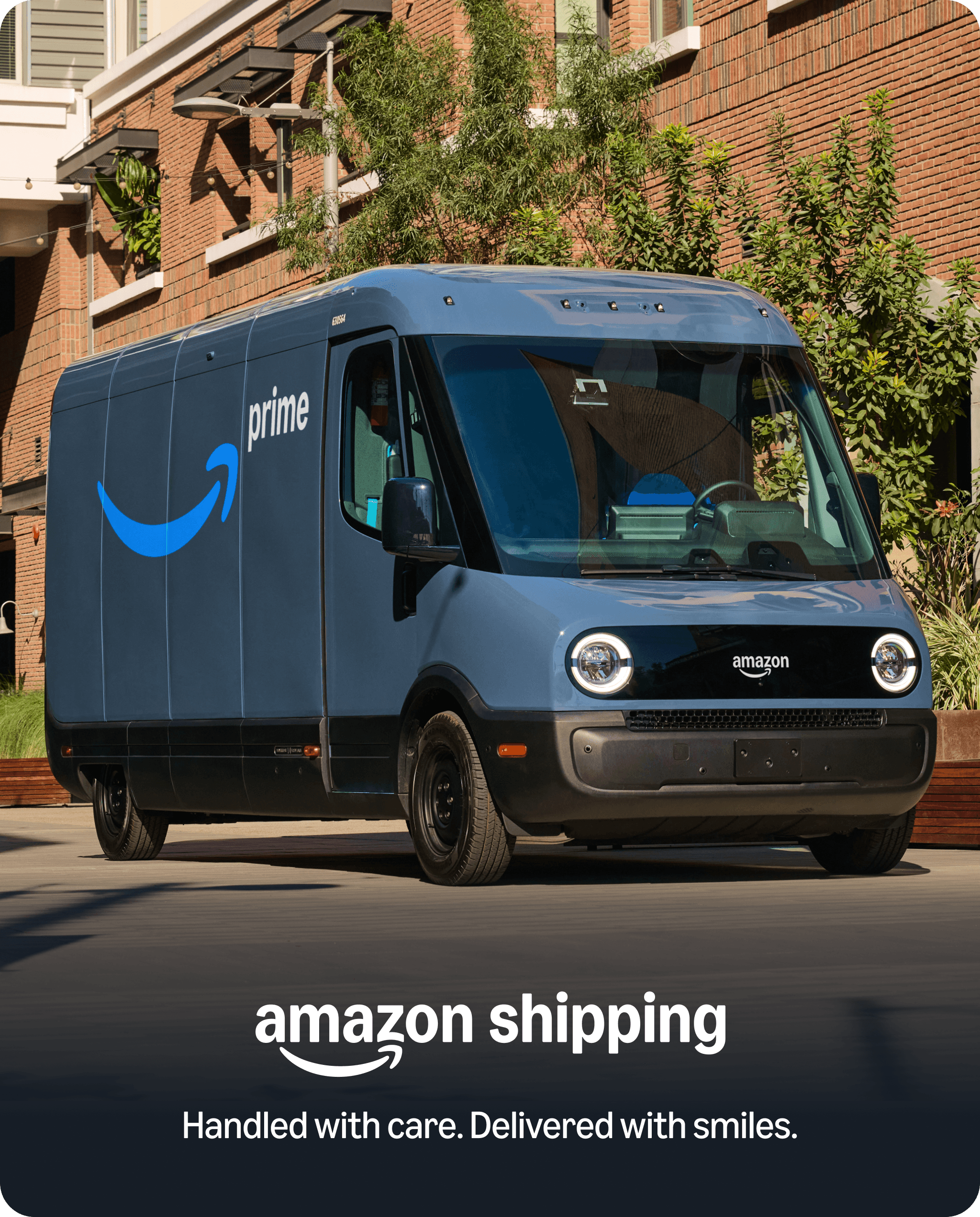The only shipping software
that's part of the Amazon Family
Seamlessly integrate your Amazon store to Veeqo and ship your orders fast with free inventory and warehouse management tools.

Now available in Veeqo: Multi-Channel Fulfillment by Amazon
Leverage Amazon’s fulfillment network and expertise to power the growth of your ecommerce business.
With Veeqo’s integration with MCF you can manage your shipping, inventory and fulfillment all in once place.

Integrates with over 50+ Stores & Carriers
Connect all of your stock levels to Veeqo for active inventory mangement, demand forecasting and so much more.





















Royal Mail
Ship your multichannel orders with Royal Mail

Shopify
Manage your Amazon inventory with Veeqo
Etsy
Manage your Etsy inventory with Veeqo

USPS
Ship your multichannel orders with USPS
Now available in Veeqo: ship your multichannel orders with Amazon Shipping
Discover the all-new ground shipping service from Amazon. Ship your Amazon orders, as well as your multichannel orders through Amazon Shipping in Veeqo. Reliable delivery you can depend on in two to five business days - including weekends. Simply connect your existing Amazon Shipping account to Veeqo and you’ll be ready to start shipping orders from all your stores.




